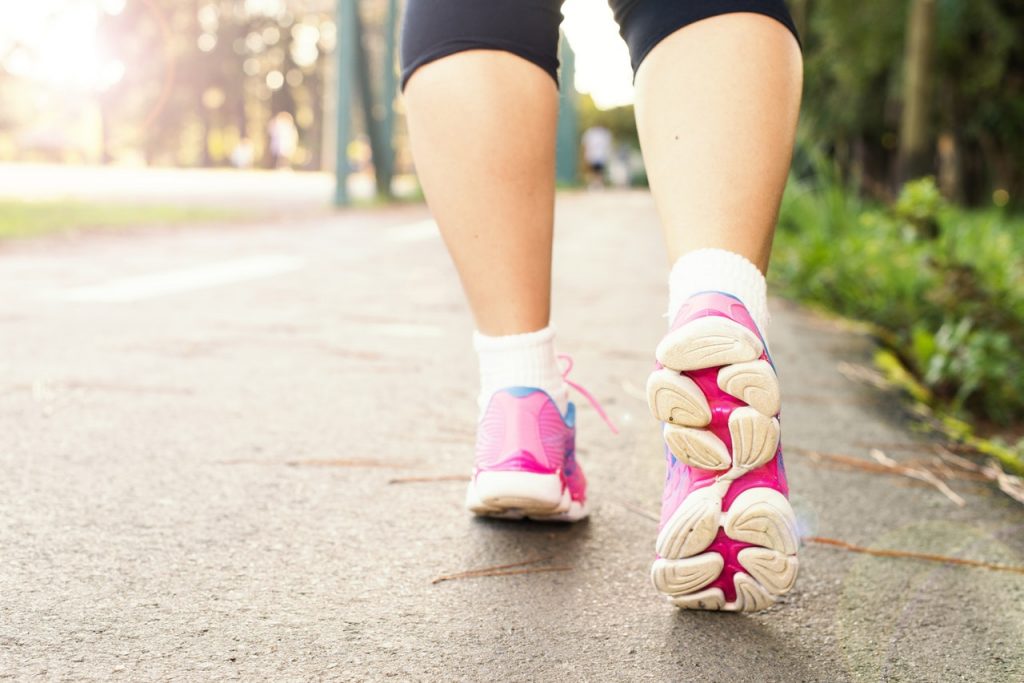This post contains affiliate links. Click here to read my affiliate policy.
Last Updated on December 3, 2023

Exercise comes with many benefits, especially for persons with neuropathy and conditions that can cause damage to peripheral nerves. The symptoms of neuropathy depends on the person and cause. Tingling, permanent or temp paralysis, muscle weakness, pain, temporary numbness, increased sensitivity to touch, burning sensation, impairment to sexual function and urination are some of the symptoms of neuropathy.
Regular exercise can reduce blood sugars, improve flow of blood, lower high blood pressure, improve sexual function, foster better sleep, prevent wasting of muscles and reduce cramps. All these benefits assist in managing and reducing neuropathic symptoms.
Here’s a short yet in depth guide on nerve pain remedies to help you safely keep fit and manage neuropathy:
- Consult Your Doctor First
A medical professional should be consulted before beginning to exercise. This is because neuropathy affects how you respond or fail to respond to injuries or activities that risk injury. For example, if you have numbness in your feet, you won’t be able to detect if you accidentally stubbed or gotten a blister on your toe or applied to excess pressure to your ankle.
Pain is a protective mechanism in that, you might sprain your ankle and still continue to walk as things worsen without your knowledge. Such conditions can only be corrected by doing surgical reconstruction to your feet. Neuropathy can affect movement in your extremities.
In such a case, adjustments should be made with the help of a physical therapist. This can help you not to set back your progress.
- Choose an Appropriate Exercise for You
You might have already gone to your doctor for neuropathy assessment, done a foot examination, checked for foot deformities, risk factors for foot ulcerations or even the blood flow of your extremities. If the sensation of your feet is affected or complications such as open sore and foot ulcer develops due to neuropathy, caution during exercises is recommended.
High impact or weight-bearing exercises that are prolonged such as long-distance walking is recommended. Short-distance walks, under desk bike, chair exercises, swimming, jumping, running and weight lifting exercises especially in hot and cold weather is also recommended.
Weight-bearing exercises should wait to be done until any sores or injuries in your feet heal. Stationary bicycle and water therapy can also be an option for you. Exercises that improves cardiovascular fitness also helps in improving neuropathy symptoms.
- Wear the Right Workout Footwear
For success in exercising such was running or using an electric treadmill, the right footwear should be worn. The recommended shoes are those with air midsoles or silica gel especially for weight-bearing exercises such as walking. This is because they are specifically designed to help reduce stress on your joints and feet.
Your shoes should be wide and large enough to prevent feet ulceration. Having small shoes increases susceptibility to pressure points. Wearing socks made out of fabrics reduces friction and draws moisture away from your skin reducing sores and blisters. Socks made from cotton should always be avoided at all costs.
Conclusion
Diabetic neuropathy is the most prevalent form of neuropathy and its symptoms involve weakness in the feet, pain and change in sensation progressively. All the affected areas of an individual can lead to sensation loss as neuropathy progresses.

